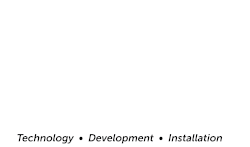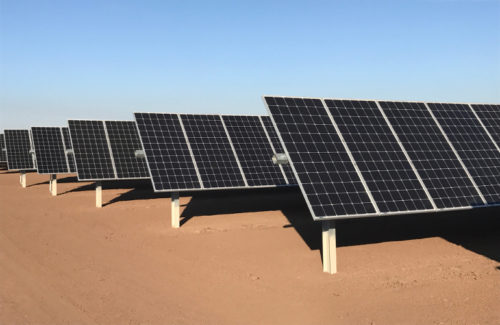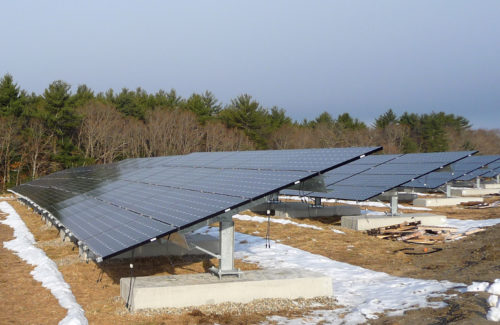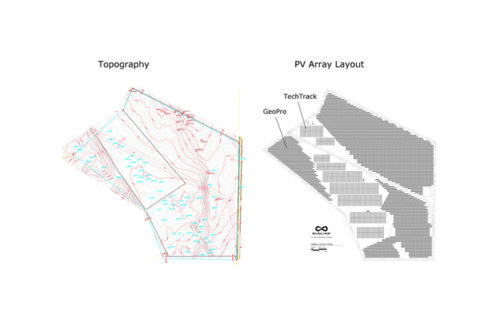By Emily Paris, senior associate product manager for SunLink; and Keith Beisner, field services manager and geotechnical testing expert for SunLink PowerCare
In the battle for ground-mount market share, many would argue that single-axis trackers now rule the day, relegating the less sophisticated fixed-tilt technology to second best.
There is good reason for this interpretation. After all, the United States saw more than 10 GW of ground-mount structural balance of systems (BoS) shipments in 2016, 90% of which was utility-scale ground mount, and 77% of that was single-axis tracker. Single-axis trackers are dominating the solar market and this trend is expected to continue to nearly 90% of ground-mount shipments in 2021, primarily at the expense of fixed-tilt shipments.
So why, exactly, are we seeing this shift from fixed-tilt to single-axis trackers? Trackers increase the production of a site by more than 15 to 25% over fixed-tilt. In a world of rapidly decreasing prices for solar PPAs, increased power production is critical in helping project owners achieve a viable ROI.
Additionally, tracker costs are dropping significantly, partly due to price competition from suppliers and partly due to design innovations. For example, SunLink’s work in dynamic stabilization—intelligently changing the damping and stiffness of the array depending on real-time sensing—has enabled reducing the maximum torque in its TechTrack Distributed single-axis system by 67%, resulting in a lighter, more cost-effective tracker. Real-time sensing will enable further cost savings down the road as more data informs structural analysis in a way that has not been possible until now.
Advancements in mechanical and electrical design and gigawatts of installations in the field are proving the quality and reliability of tracker systems. And performance monitoring platforms from companies such as SunLink, Locus Energy and AlsoEnergy provide accurate data and powerful analytics to enable more efficient and less costly O&M.
Considering these factors, utility-scale single-axis tracking systems provide the lowest solar LCOE. According to Lazard, unsubsidized utility-scale single-axis crystalline projects ring in at $46/MWh. When you broaden your perspective to include other renewable and conventional generation technologies, these systems are only undercut by certain wind ($30-60/MWh) and gas combined cycle ($42-78/MWh) projects.
But don’t count fixed-tilt systems out just yet.
While production increases with tracker systems can be significant, the foundation design options can also be limiting. This becomes a key consideration, because as the solar market expands, more projects are being developed on less than ideal sites—those with steep slopes or rolling terrain, irregular boundaries or obstructions, or unfavorable and variable geotechnical conditions. If a site happens to have one or more of these challenging conditions, then a fixed-tilt solution, or a hybrid of tracker and fixed-tilt, might be the most advantageous way to go.
As sites with undulating terrain are being developed more aggressively, fixed-tilt mounting systems prove ideal by providing increased terrain-following capability as compared to single-axis trackers on both constant slope and rolling terrain. Additionally, by offering the option of short tables, fixed-tilt systems can be installed up, down and over peaks and valleys, all with even, smooth table transitions.
Site boundaries also significantly impact the design of a system. Single-axis trackers are most economical in long rows to spread the cost of the drive system over as many modules as possible, but not all potential sites are evenly square or rectangular. Why limit production to only long rows when one can fill corners and odd boundaries and flex around obstacles with fixed-tilt tables?
While a system design can be installed around obstacles on the surface, the foundation design must adapt to potential obstacles beneath the surface. Trackers on the market are currently limited to driven pile foundations. While this foundation solution is efficient to install in a wide range of soils, W-section and C-section piles are difficult and expensive to install in extremely loose soil, rock or variable subsurface conditions, such as stony glacial till. As projects are developed on larger and more challenging sites, the potential to encounter these complex geotechnical conditions increases significantly. Many fixed-tilt systems are optimized for complex conditions by offering a choice of driven pile, continuous ground screw, helical pile and ballasted cast-in-place foundation solutions. But the solutions don’t stop with single options. Often fixed-tilt providers allow for interchangeable foundations—enabling on-the-fly refusal remediation and cost-effective installation in the most unpredictable, unfavorable soil conditions.
Optimal site design is about looking at energy and operational goals of the project first, and then designing a mounting system that best fits that project’s unique needs.








Tell Us What You Think!